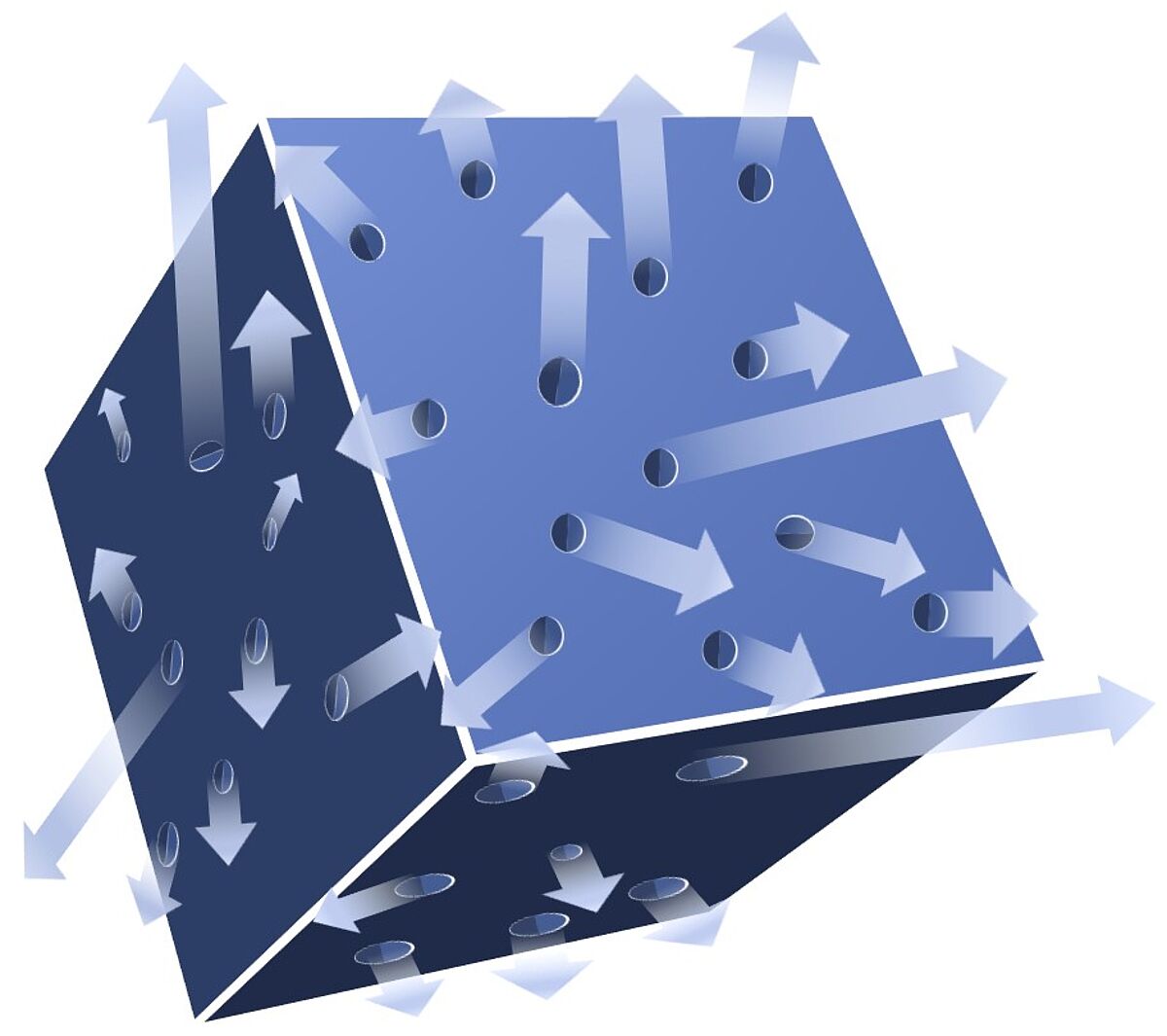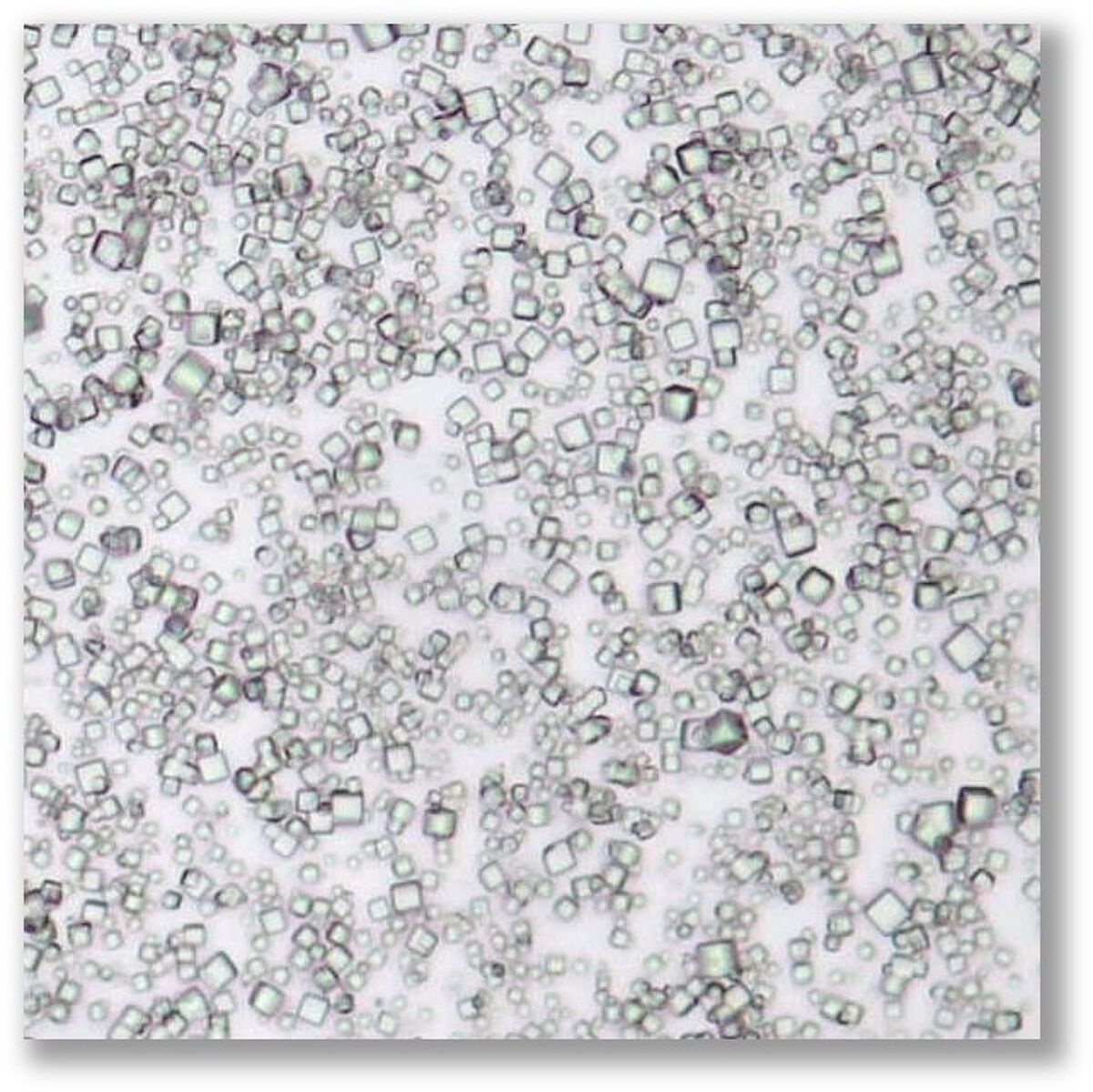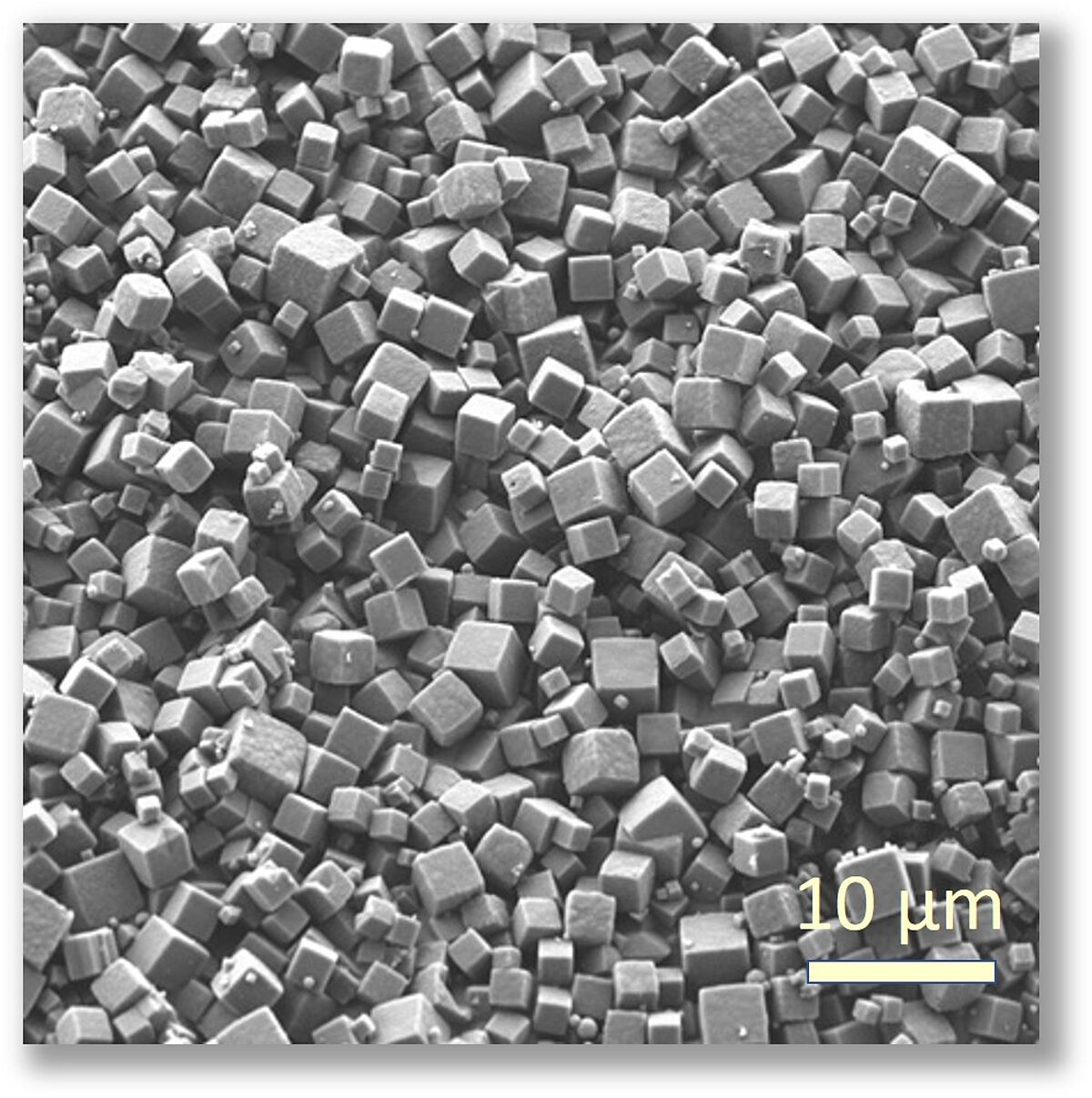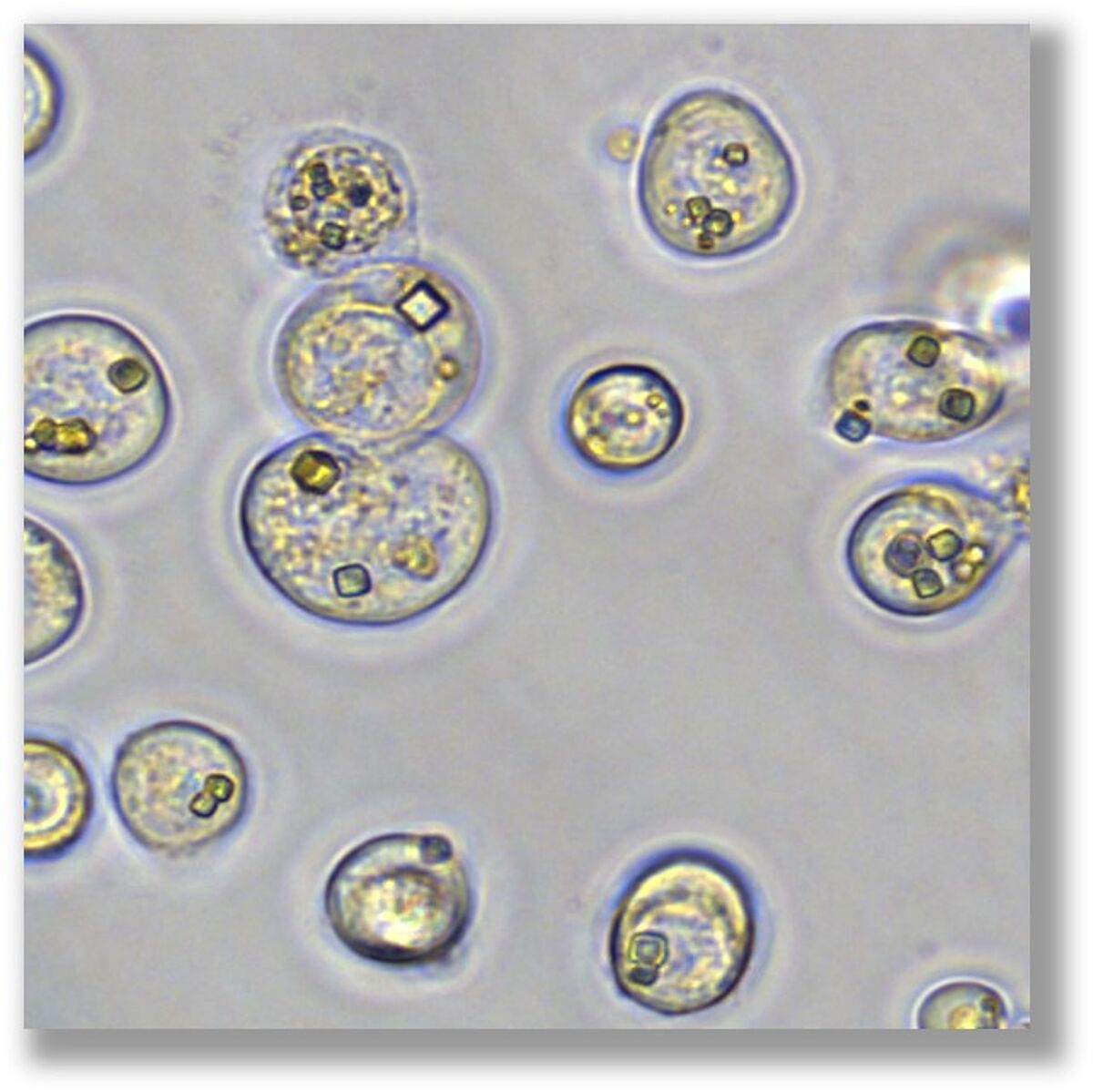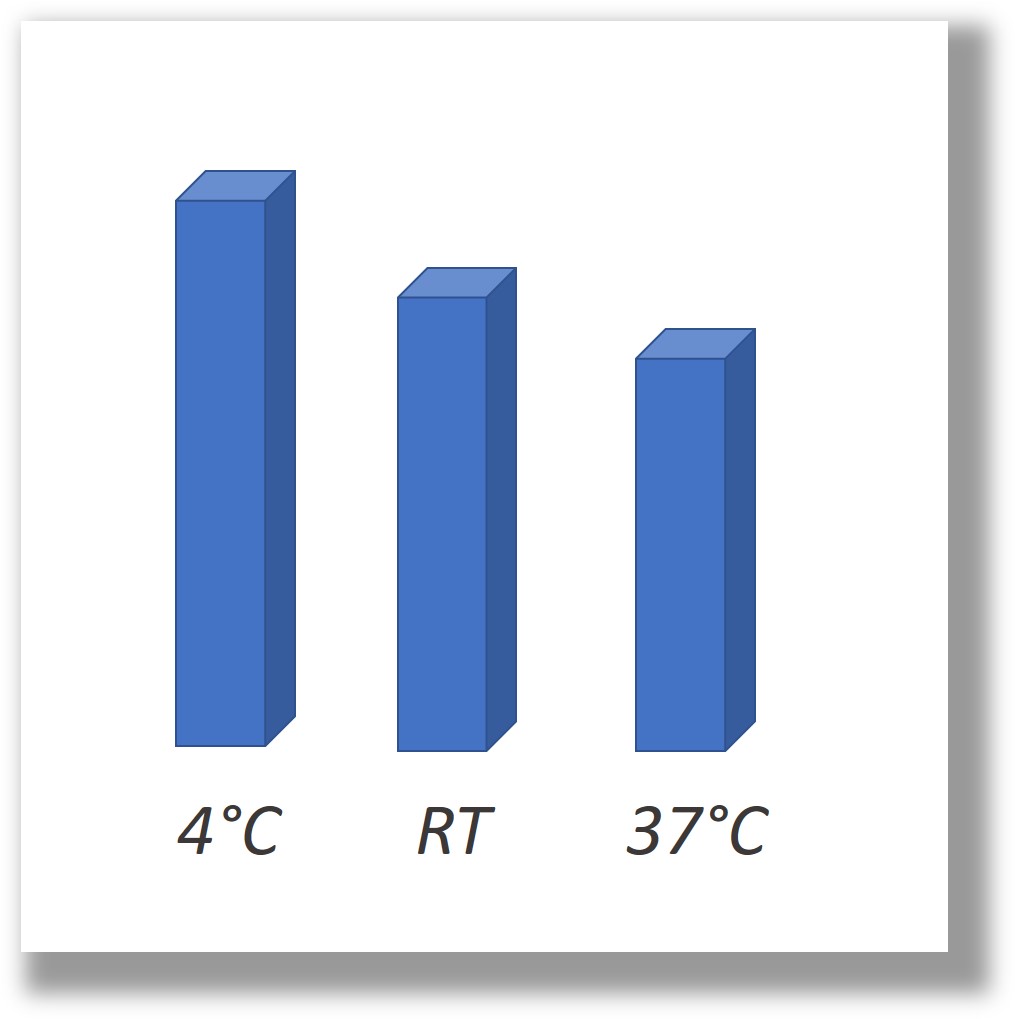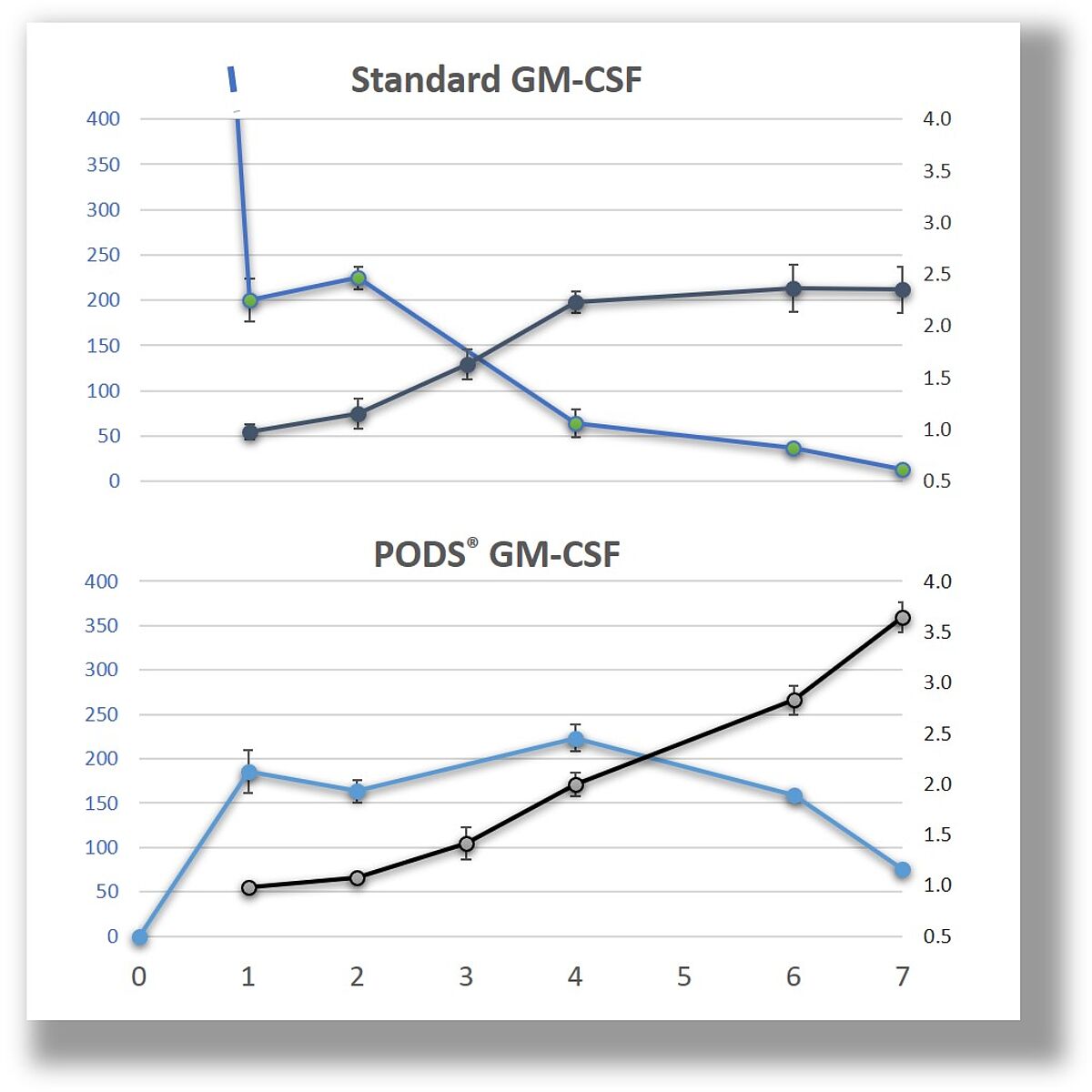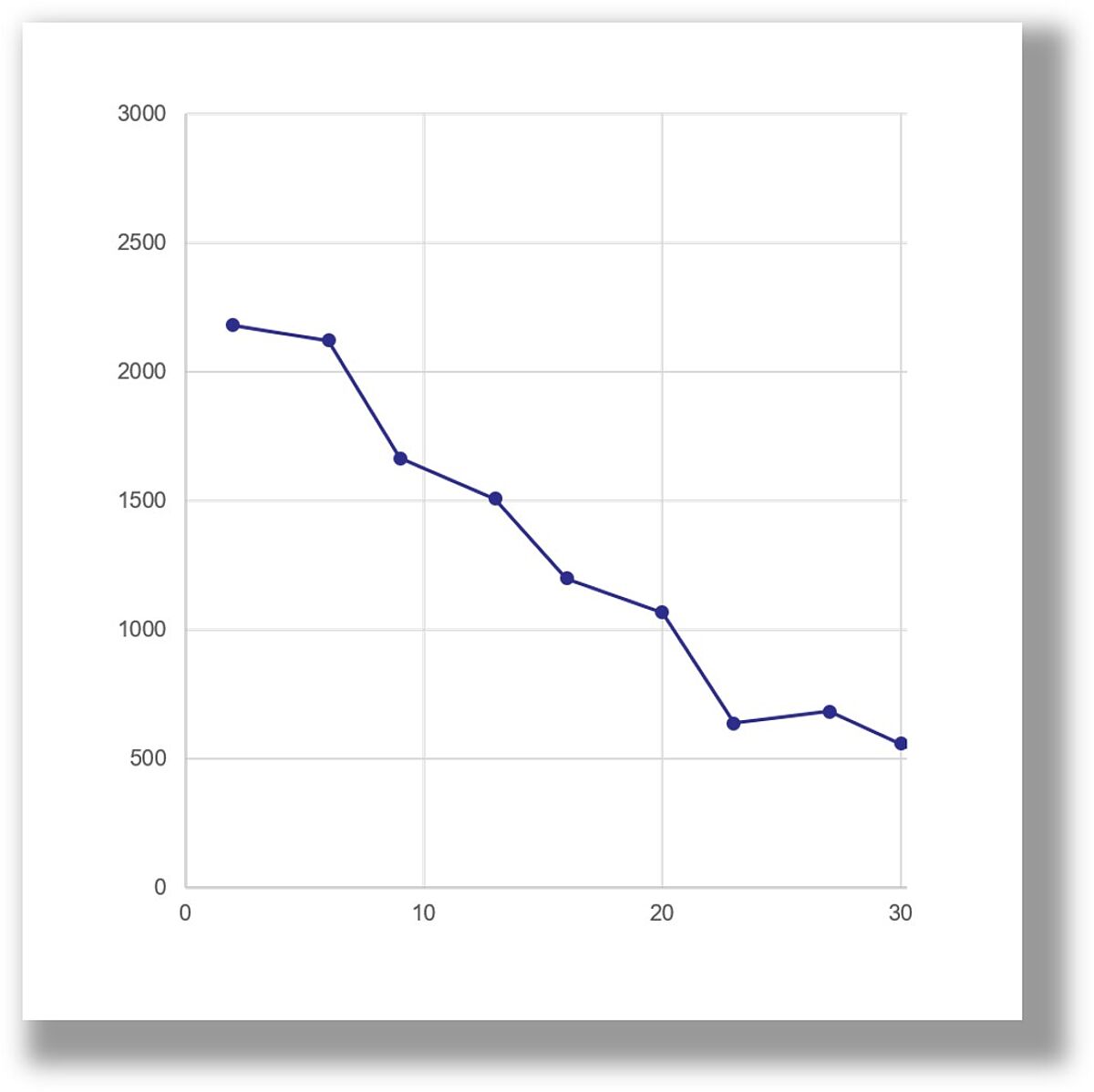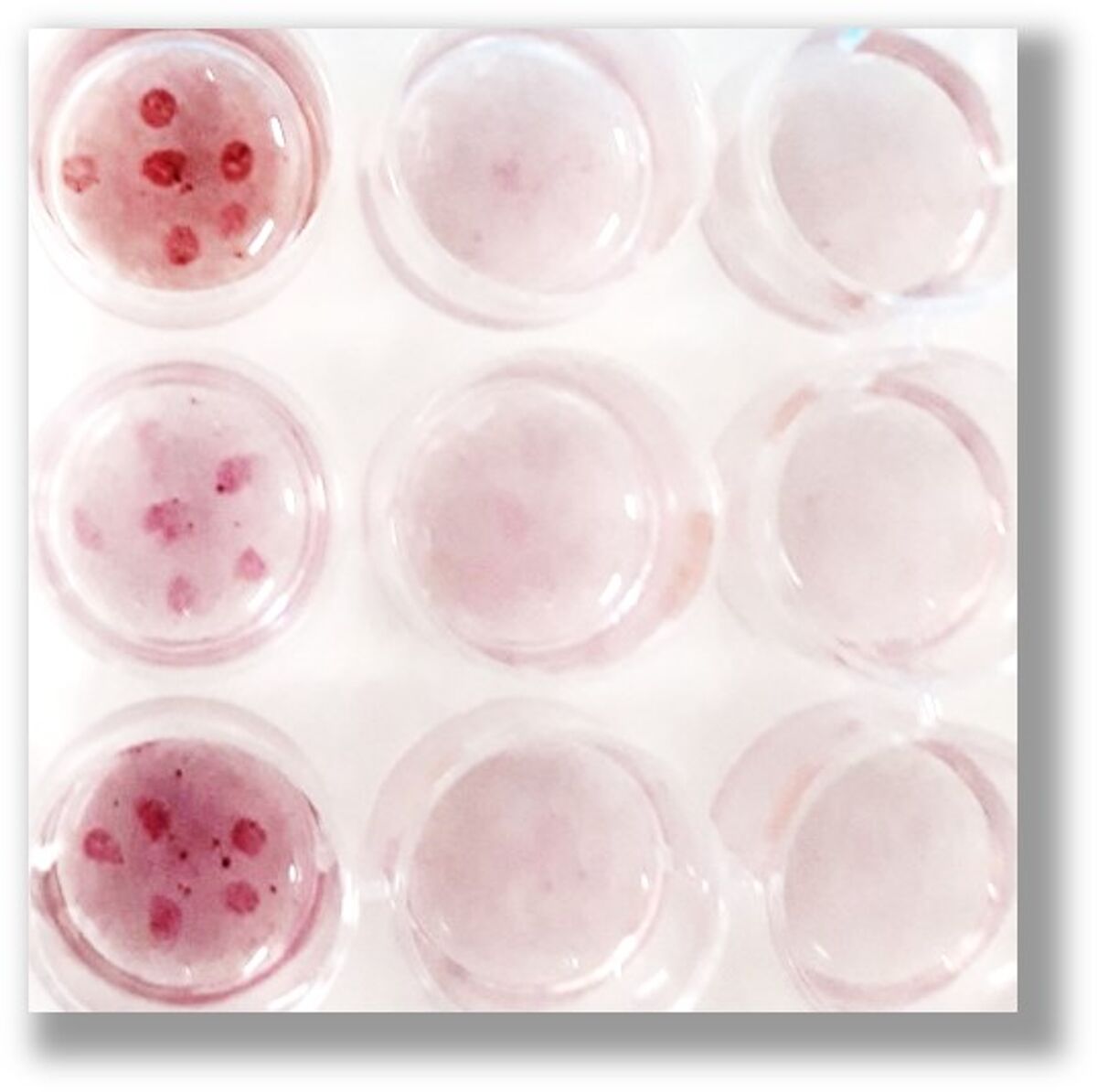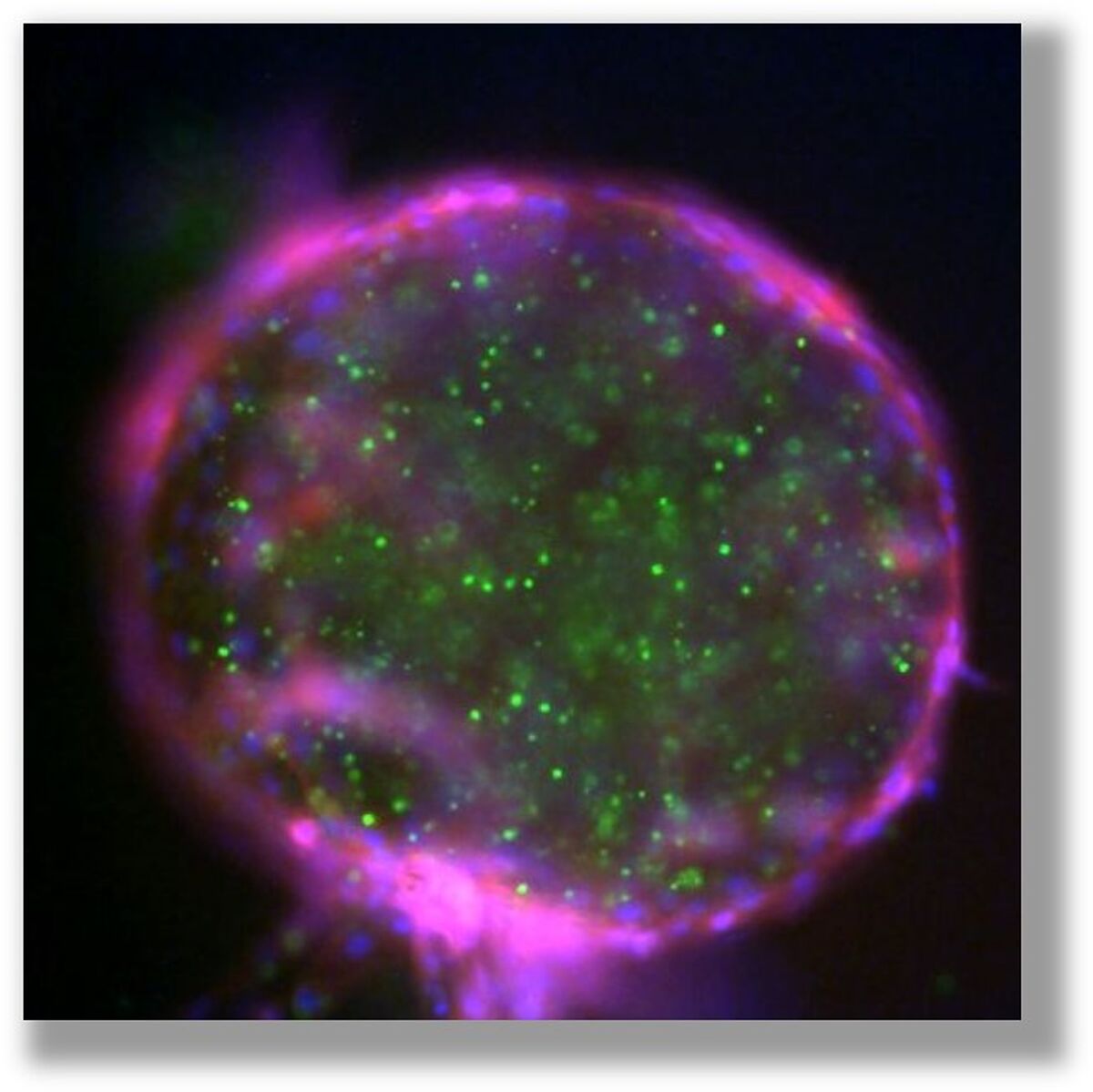PODS® growth factors
Printable, localizable, sustainable growth factors. Applications in 2D, 3D and in-vivo.
PODS® provide durability, stability AND sustained release, addressing the limitations of conventional growth factors and enabling researchers to effortlessly control and manipulate cells in 2D and 3D culture as well as in-vivo.
PODS® are nano-scale co-crystals made from 100% protein. PODS® slowly release their growth factor cargo through nanopores, generating steady-state bioavailability (near zero-order kinetics).
The sustainable release provided by PODS® crystals generates stable growth factor concentrations, enabling precise control of the cell culture environment, significantly improving the health and quality of cells.
The slow-release provided by PODS® also reduces, or even eliminates, the need for media changes. This also minimizes the level of cycling between high and low growth factor concentration which can stress cells. Even more exciting, PODS® nanocrystals can be printed to provide localized bioavailability and, if desired, to generate concentration gradients.
PODS are also highly stable in storage. This unparalleled flexibility and control of a culture system opens up many possibilities for innovation in 2D, 3D and in-vivo applications.
Benefits and applications of PODS® growth factors:
- Spatial and temporal control
- Reduced frequency of cell culture media changes
- Significantly stabilizes growth factor concentrations available in media for more improved cell phenotype
- Ready attachment to substrates allowing localized deposition within a culture system
- Development of physiologically relevant concentration gradients for patterning
Conventional vs. PODS® growth factors
| Conventional | PODS® |
|---|---|
| Bioactive | Bioactive |
| Degrades even in a sterile solution | Stable in sterile solutions |
| Heat-labile | Heat-stable over long periods |
| Difficult to localize | Readily localized - can form gradients |
| Batch-to-batch variability | Highly reproducible |
| Difficult to incorporate into biomaterials | Easily incorporates into biomaterials |
| Requires frequent replenishment | Growth factor constantly replenished from store within PODS crystals |
| $ to $$$$ - economical to very expensive | $ - economical |
Attributes of PODS® growth factors:
- Extensively tested in-vitro and in-vivo
- Release of bioactive cargo demonstrated up to 8 weeks
- High levels of stability in aqueous storage - 70% of original capacity retained
- Withstand high-temperature manufacturing processes to create novel combination products
- Denaturation or refolding of the protein not required during production resulting in high levels of bioactivity
- Readily attaches to substrates for a desired localized effect
- Minimal batch-to-batch variation
- Produced in insect cells for important post-translational modifications
- Animal-free production
PODS® Technology
PODS® printable growth factors address the limitations of conventional growth factors. PODS® are proteins incorporated into sub-micron scale protective protein crystal lattice. This lattice stabilizes cargo proteins, even at high temperatures, and allows the protein, such as growth factors, to be positioned and printed.
The cargo protein is released by proteases. In the presence of proteases secreted by cells, pores develop in the lattice which allows the cargo growth factor to slowly escape. This mechanism maintains the bioavailability of the cargo protein at steady-state levels (near zero-order kinetics). The crystals can also be readily used for patterning by attachment to surfaces or suspension at specific positions in hydrogels. PODS® have a wide range of applications either in-vitro (2D or 3D culture) or in-vivo.
How are PODS® made?
PODS® contain a cargo protein that is encased within a microcrystal formed by self-assembly of polyhedrin protein. The process of generating these crystals all occurs inside the insect expression cell and results in perfect cubic structures about 0.2 - 5 microns across. The PODS polyhedrin crystal shell also protects the active protein during purification, ensuring the cargo protein is not denatured and is therefore correctly folded and functional. Even under the light microscope, you can see the cubic structure of the polyhedrin crystal. Empty PODS crystals are transparent but refract light when loaded with cargo. For most purposes, this does not interfere with imaging.
Storage Stability
Sustained-release, steady-state bioavailability
The PODS® crystals slowly release cargo through pores formed in the polyhedrin as it is degraded by proteases released by cells. Independent, peer-reviewed analysis has shown that as a result of this sustained-release, which generates an optimal concentration zone, cells experience less stress and are consequently healthier.
PODS® can be readily positioned to act locally
PODS® can be easily attached and immobilized to 2D surfaces and 3D scaffolds. The possibilities are limited only by our imagination. PODS can be used either naked or incorporated into bio-scaffolds and then positioned by hand or using an instrument, such as a 3D cell printer.
Supplier
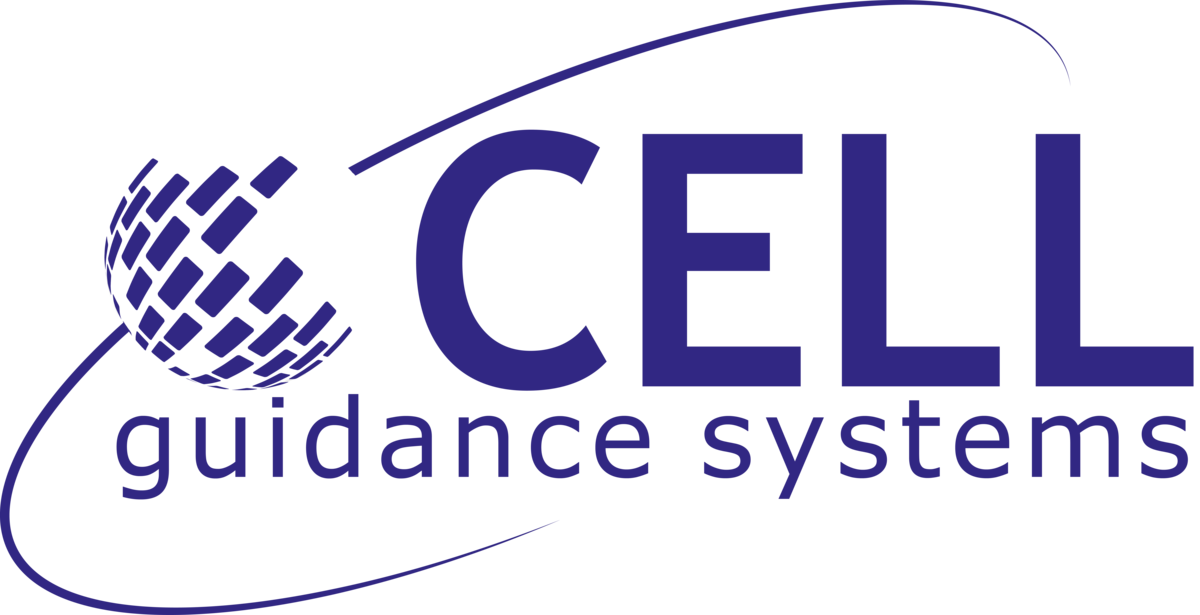
Cell Guidance Systems
Cell Guidance Systems provide reagents and services for cell-based research. Innovative printable PODS® growth factors, small molecules and more to support you.
About Cell Guidance Systems Shop for Cell Guidance Systems products

